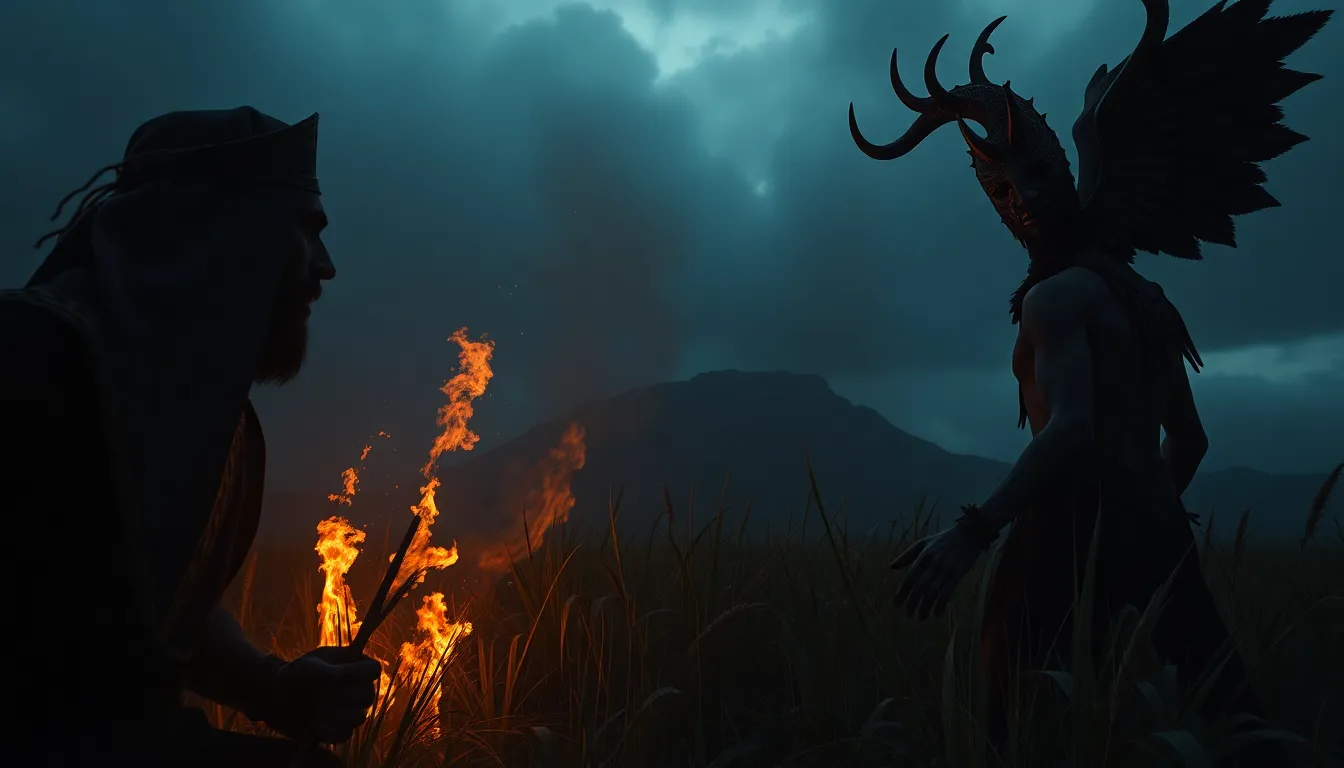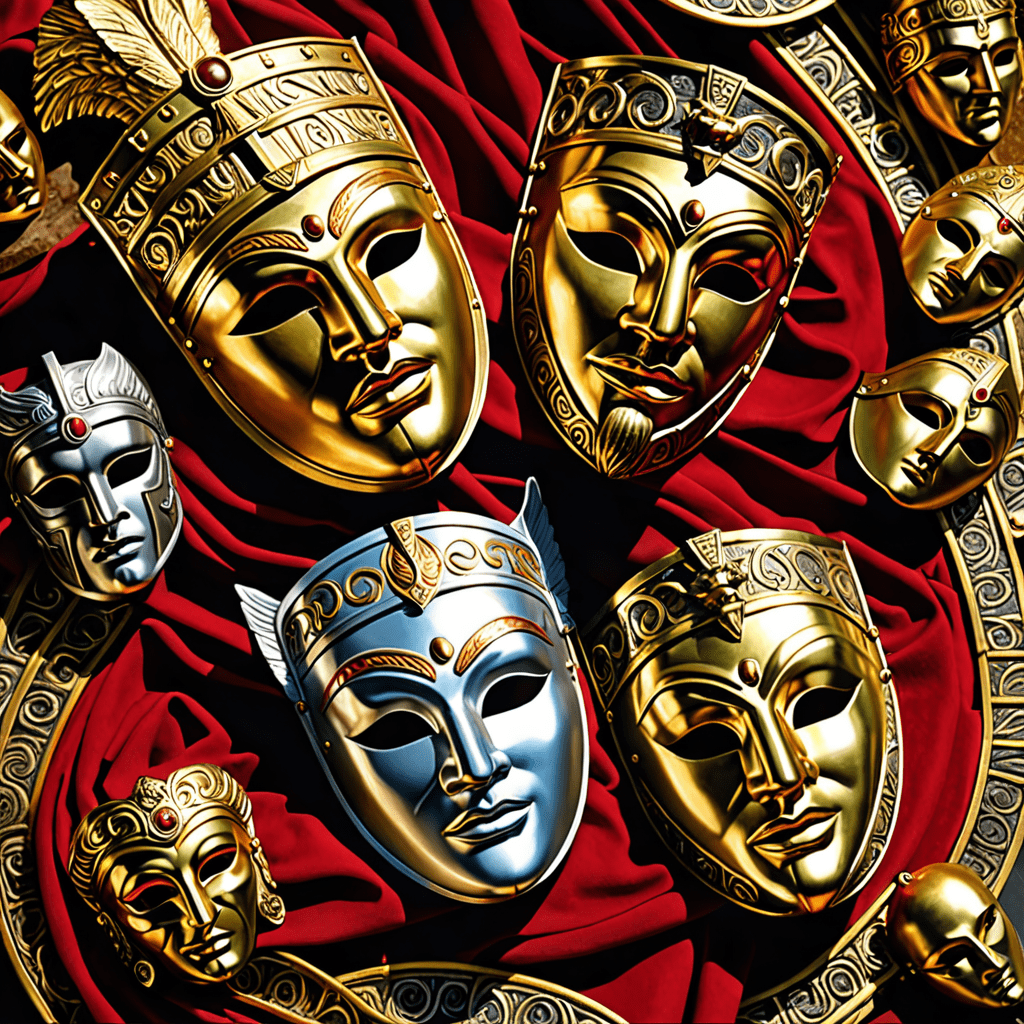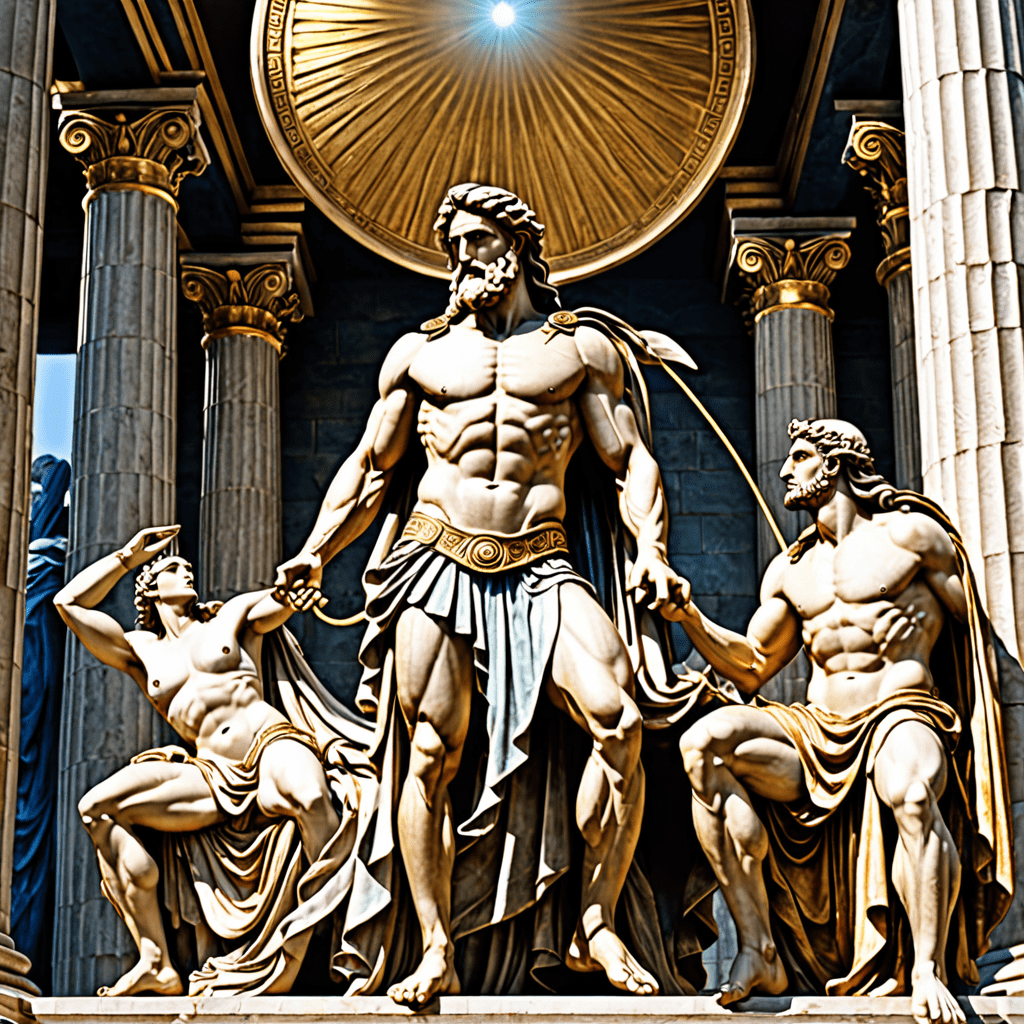The Myth of the Noble Savage: A Moral Dilemma Explored
Introduction to the Concept of the Noble Savage
The concept of the Noble Savage is a philosophical idea that idealizes indigenous peoples as living in a state of purity, simplicity, and harmony with nature, untainted by the corruptions of civilization. This notion emerged during the Enlightenment period, particularly through the writings of philosophers such as Jean-Jacques Rousseau. Rousseau posited that humans were inherently good and that society corrupts this natural state. His ideas sparked a romantic view of indigenous cultures, suggesting that they embodied a more authentic way of life.
The Evolution of the Noble Savage Myth
The Noble Savage myth evolved significantly over time, influenced by literature, art, and the changing social landscape. Early works showcasing this idea can be found in the writings of Rousseau, but it gained traction in the 18th and 19th centuries through various artistic expressions.
- Literature: Authors like James Fenimore Cooper and Mark Twain presented indigenous characters that embodied the Noble Savage ideal, often contrasting them with the moral failings of European society.
- Art: Paintings from the Romantic era portrayed indigenous peoples as noble and heroic figures, often set against the backdrop of a pristine wilderness.
These representations contributed to the myth’s popularity, leading to a widespread acceptance of the Noble Savage as a symbol of innocence and purity.
Cultural Representations of Indigenous Peoples
Indigenous communities have often been misrepresented or oversimplified in media and literature. These portrayals can have significant implications on public perception and policy. Common themes include:
- Romanticization: Indigenous peoples are frequently depicted as noble, wise, and in tune with nature, which can lead to a lack of recognition of their complex societies.
- Exoticism: The portrayal of indigenous cultures as “other” can perpetuate stereotypes and reinforce a sense of Western superiority.
- Victimhood: Often, indigenous narratives focus solely on the injustices they face, overshadowing their resilience and agency.
These representations can shape policies regarding indigenous rights and land use, often failing to account for their voices and perspectives.
The Moral Implications of the Noble Savage Narrative
The romanticization of indigenous cultures brings with it significant ethical considerations. While the Noble Savage narrative may seem positive, it can lead to harmful consequences:
- Idealization: By idealizing indigenous cultures, we risk overlooking their real struggles, complexities, and diversity.
- Neglect of Rights: The focus on an idealized past can distract from the current rights and needs of indigenous communities.
- Perpetuation of Stereotypes: The myth can reinforce simplistic views of indigenous peoples, denying them the individuality and modernity they possess.
Thus, the ethical implications of the Noble Savage narrative are multifaceted and require careful consideration.
Contrasting Views: The Noble Savage vs. the Civilized Man
The dichotomy between the Noble Savage and the civilized man reflects deeper cultural biases. This binary perspective not only simplistically categorizes individuals but also promotes a sense of Western superiority. Key points in this discussion include:
- Cultural Relativism: Understanding that each culture has its own values and systems is essential. The notion of ‘civilization’ is often rooted in Western ideals, which may not apply universally.
- Critique of Superiority: The idea that Western civilization is superior undermines the achievements and contributions of indigenous societies.
This contrasting view invites a re-evaluation of how we perceive cultures and the narratives we create around them.
Real-Life Impacts: Case Studies of Indigenous Communities
The Noble Savage myth has tangible impacts on the lives of indigenous communities. Examining specific case studies reveals the consequences of this narrative:
- The Māori of New Zealand: The romanticized view of Māori culture has led to policies that often neglect their contemporary rights and needs.
- The Native American Experience: Many Native American tribes face challenges in asserting their identity and sovereignty, often influenced by stereotypes stemming from the Noble Savage myth.
These case studies illustrate the real-world implications of an idealized understanding of indigenous peoples.
The Role of Colonialism in Shaping the Myth
Colonialism played a significant role in shaping the Noble Savage narrative. Historical attitudes towards indigenous peoples were often characterized by:
- Dehumanization: Colonial powers frequently viewed indigenous populations as inferior, which justified their subjugation.
- Utilization of the Myth: The Noble Savage concept was sometimes used to rationalize colonial endeavors, portraying colonization as a civilizing mission.
This historical context is crucial for understanding how the myth developed and its ongoing influence on today’s perceptions of indigenous peoples.
Contemporary Reflections on the Noble Savage Myth
Today, there are ongoing debates regarding indigenous rights and representation, particularly in light of the Noble Savage myth. Key developments include:
- Social Media and Activism: Indigenous activists are using platforms like social media to reclaim their narratives and challenge stereotypes.
- Policy Changes: There is a growing recognition of the need for more equitable policies that address the rights and needs of indigenous communities.
These contemporary reflections indicate a shift towards a more nuanced understanding of indigenous cultures and their realities.
Revisiting Morality: A New Framework for Understanding Indigenous Cultures
To engage with and support indigenous communities authentically, a new framework is necessary. This includes:
- Nuanced Understanding: Moving beyond oversimplified narratives to embrace the complexity of indigenous societies.
- Ethical Engagement: Supporting indigenous rights and voices in a way that respects their autonomy and cultural integrity.
Such an approach fosters a more equitable relationship between indigenous and non-indigenous peoples.
Conclusion: Moving Beyond the Myth
In summary, the Noble Savage myth is a complex narrative with deep moral implications. While it may have originated from a place of admiration, its consequences are often detrimental to the very communities it seeks to idealize. To move beyond this myth, there is a need for:
- Authentic representations of indigenous cultures that acknowledge their diversity and modernity.
- A commitment to understanding and supporting indigenous rights and self-determination.
By challenging the romanticized notions of the Noble Savage, we can foster a deeper understanding and appreciation of indigenous peoples and their vital contributions to the world.




